Lighting the Past completes the Shewan Collection
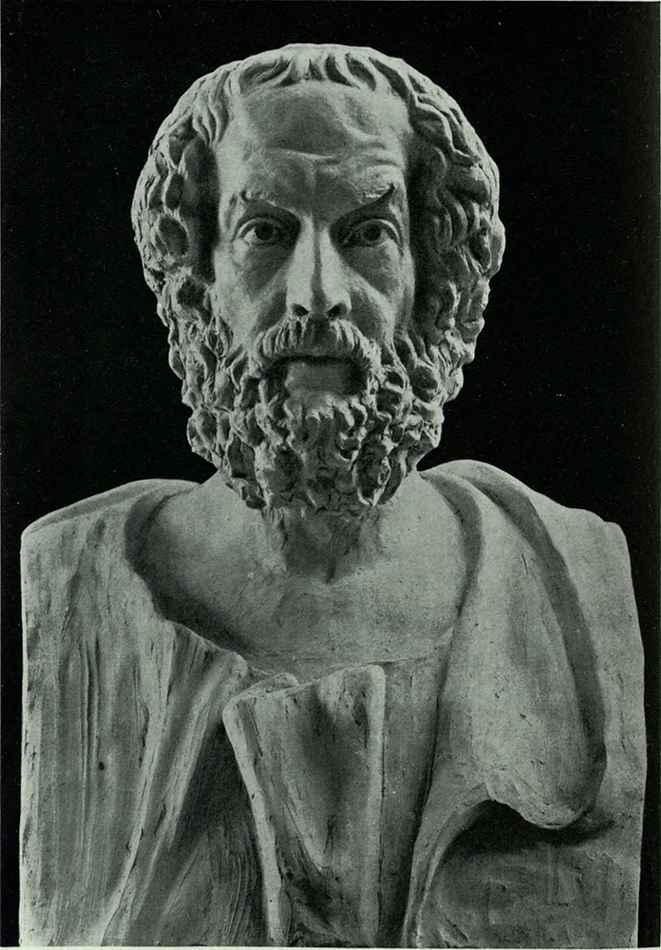
Of all the collections to be catalogued by the Phase 1 team, the Shewan Collection will probably be the only one where every item has passed through my hands as lead cataloguer. As this is something which rarely happens, I found this rather exciting! Donated to the Library in 1936 by Dr Alexander Shewan (1851-1941), these volumes on ‘Homerica’ have never been catalogued. That’s 80 years that they’ve been languishing in the stacks, pretty much unknown to readers except those brave enough to search the giant guardbook volumes in the Library. But now that’s all changed, and for the first time they are available on the online catalogue SAULCAT.
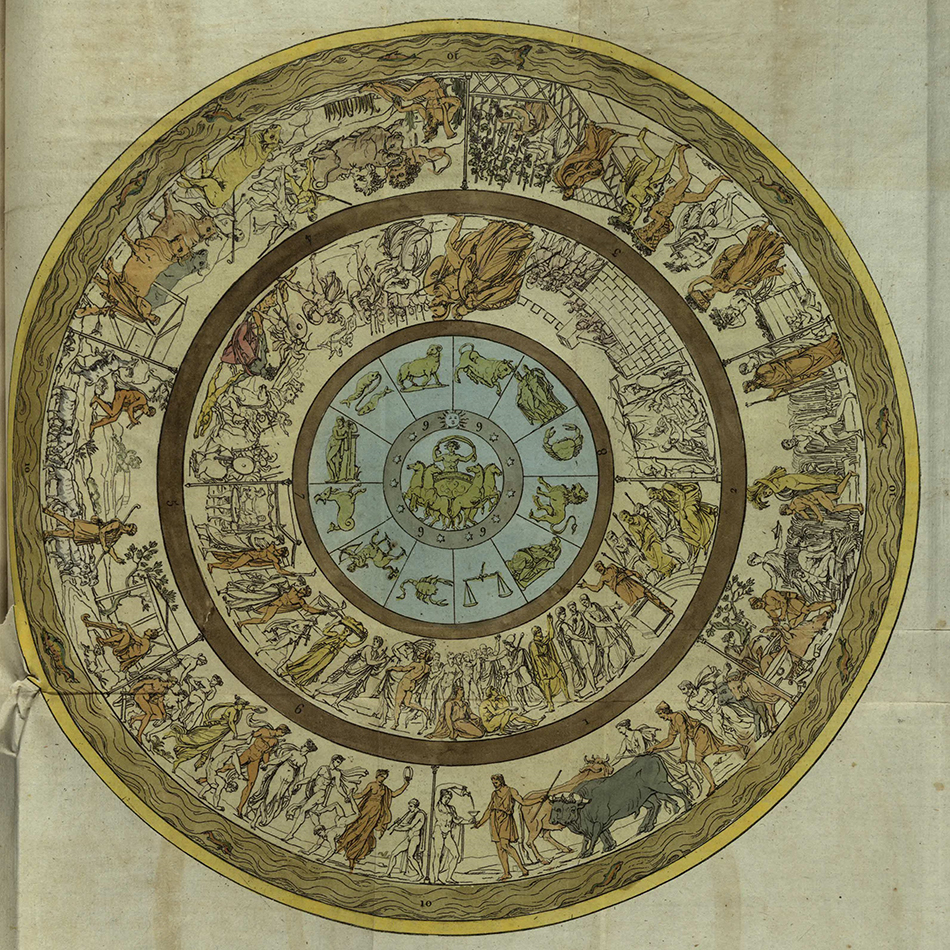
Alexander Shewan had an interest in the Classics, having studied this at the University of Aberdeen. After retiring from the Indian Civil Service in 1897, where he had a distinguished career, he became an independent Homeric scholar, based in St Andrews.
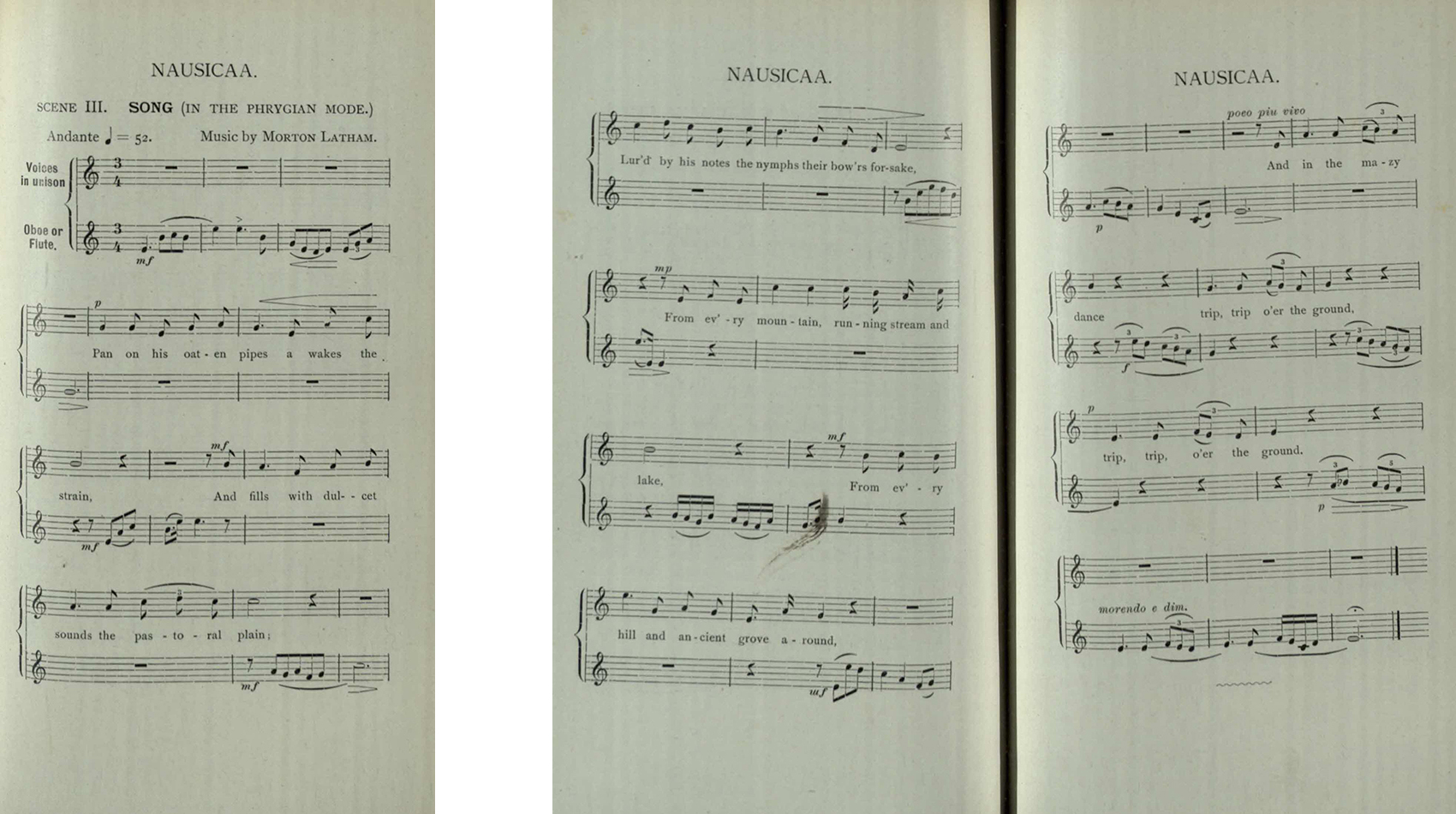
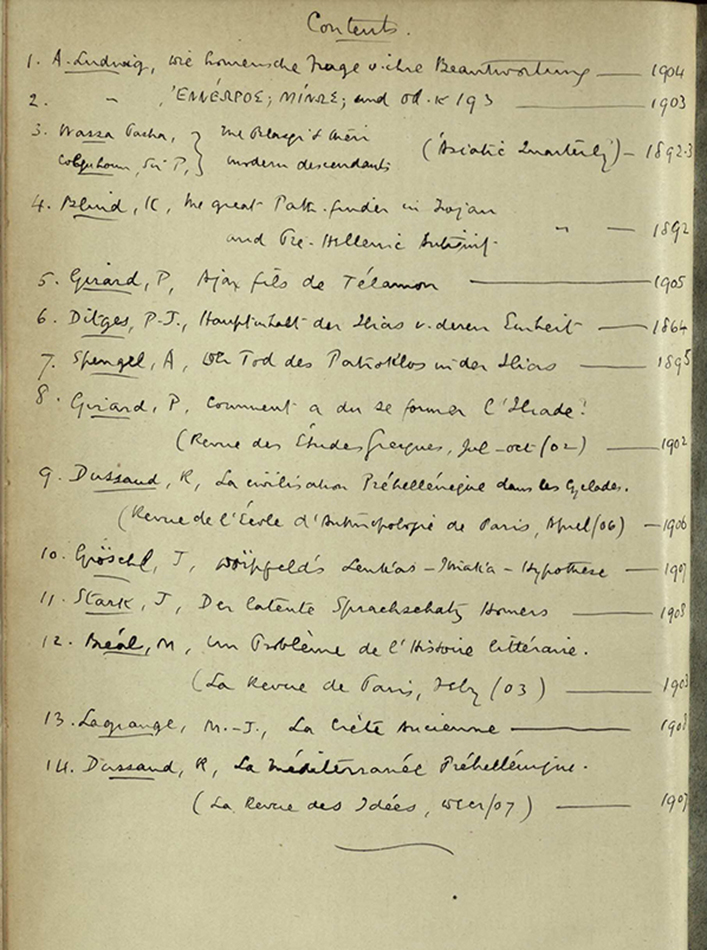
In all, there are 250 volumes, each containing more than one item (primarily dissertations, articles, notes, and reviews), and two volumes of handwritten indices. Some volumes (including the indices) have been transferred to the manuscript collection, being in the nature of a scrapbook compiled from many small items. Most volumes have under twenty items bound in them, but some have many more than this, with vol. 228 having over 100! In total the Phase 1 team has created 3,459 bibliographic records from just 243 volumes.
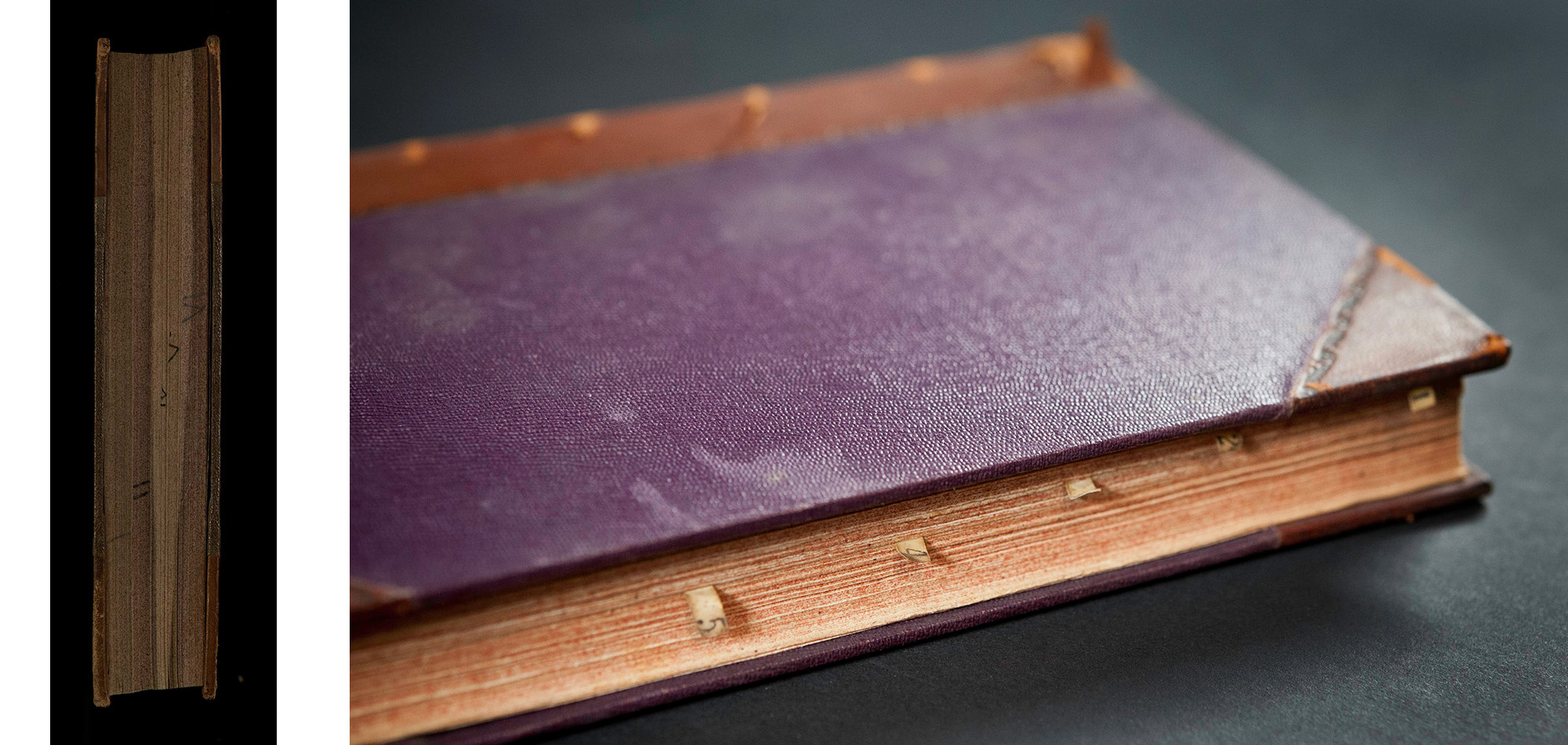
Some of the volumes are themed. For example, Vol. 27 is composed of items concerned with the Greek Language, whilst vol. 237 contains works by W. E. Gladstone (1809-1898) on Homeric subjects, or reviews of these works. Amongst these are found reviews of his three-volume Studies on Homer and the Homeric Age (1858), a work which diverged sharply from contemporary scholarship. In it Gladstone asserted that the Homeric poems were a single body of work (probably by a single author) which offered a glimpse of human society at the unspoilt dawn of its existence. According to Gladstone, subsequent Greek experience had been a gradual corruption of, rather than an evolution towards, the higher civilization of Aristotelian Athens, as his contemporaries mostly believed.
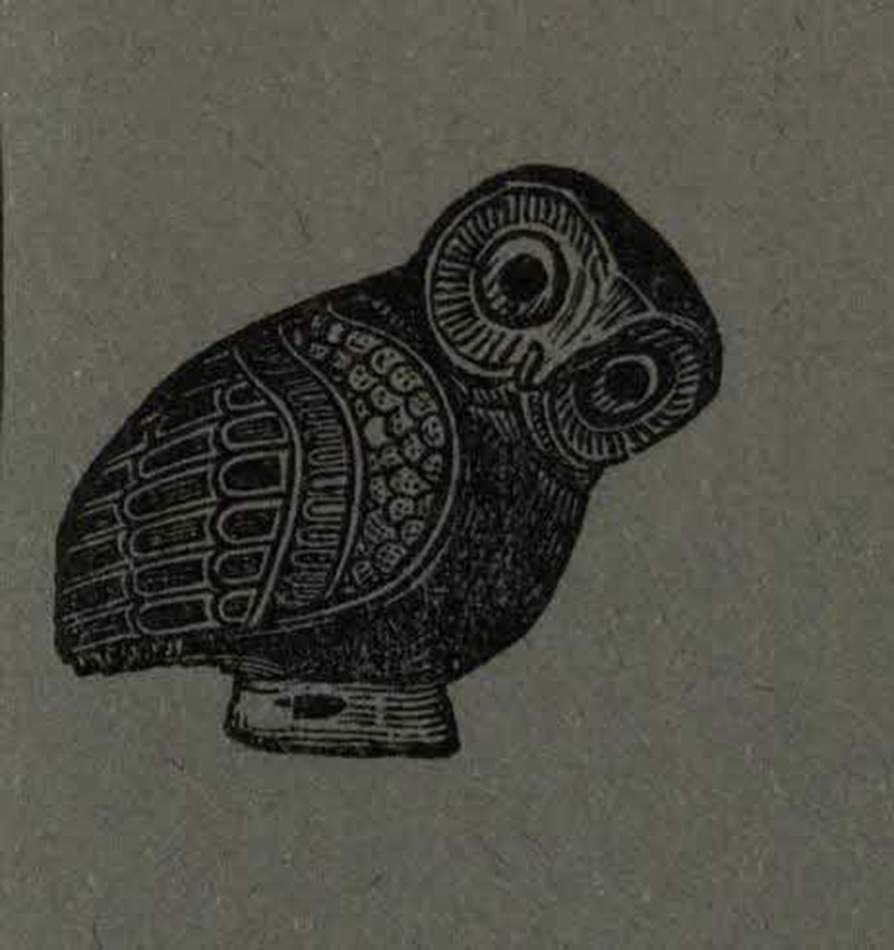
Although some thought has clearly gone into putting together the volumes on ‘Homerica’, a logical approach does not always seem to have been taken. For instance, some works were published in parts, but these have not always been bound together. Thus the first part of Adolf Keine’s Die epen des Homer can be found in vol. 90, whilst the second part is in vol. 42.
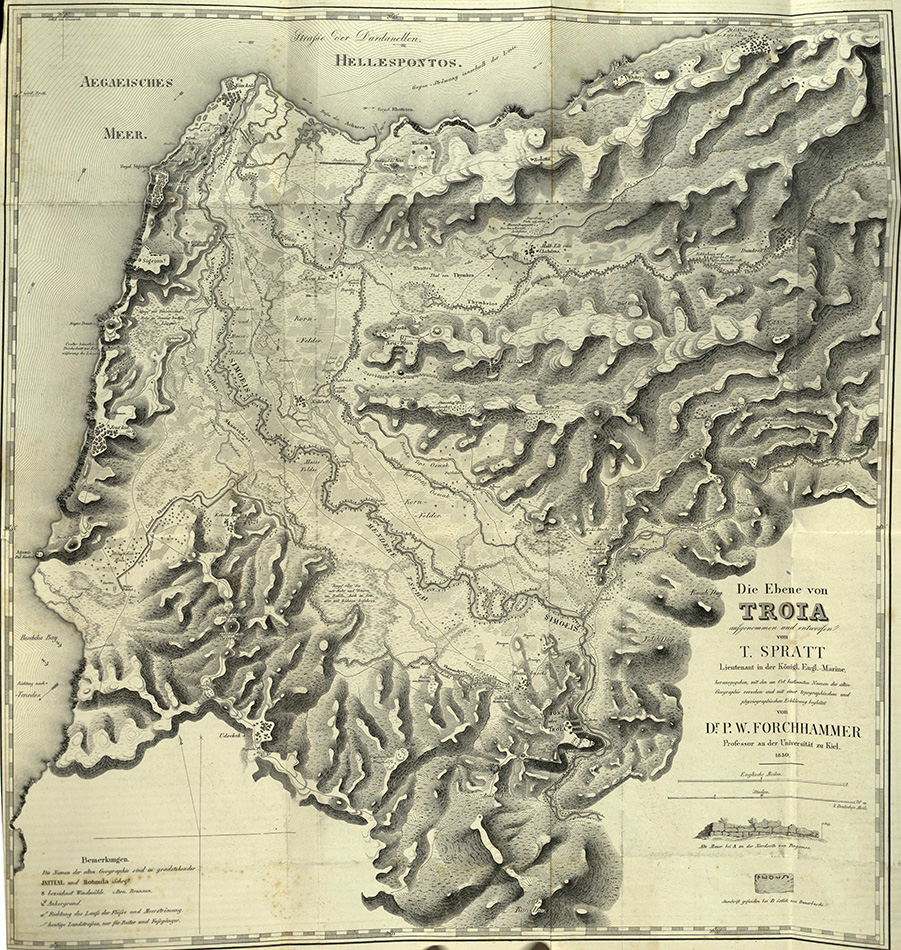
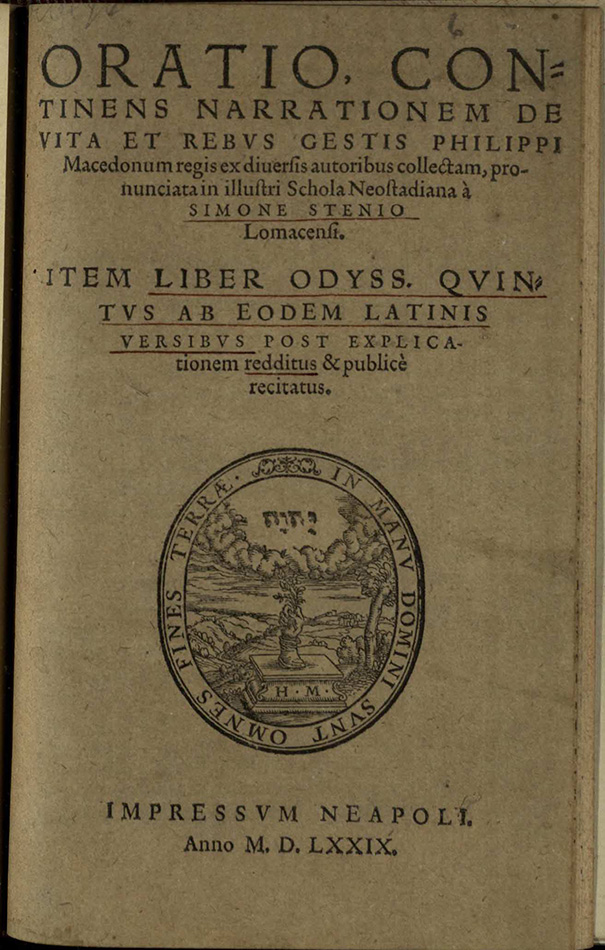
Many of the works date to the late-nineteenth and early-twentieth centuries, but there are older works to be found. Vol. 157 is composed entirely of works published in the eighteenth century, whilst the oldest work in the collection was published in 1579. This is the Oratio, continens narrationem de vita et Rebus Gestis Philippi Macedonum regis ex diuersis autoribus collectam of Simon Stenius’ (d. 1619), a German teacher, philologist, historian and literary scholar. The work, of which the St Andrews copy has been heavily trimmed (not quite cutting off the text), also contains a Latin version of part of book five of the Odyssey.
Many works may no longer be up-to-date in their thought (although it was not until the 1960s that the works of Samuel E. Bassett (1873-1936) began to influence Homeric scholarship), but they offer an insight into the history of the scholarship on ‘Homerica’. Many of the items in this collection are dissertations, mostly carried out in Germany. This is not surprising, given that Classical philology was a major preoccupation of the 19th-century German education system.

For those interested in how these works were received in their day there are reviews galore in this collection, there being over 500 in total. A good place to start would be vol. 178, of which 25 of the 49 items are reviews, giving an insight into Homeric scholarship in the first decade of the twentieth century. Alternatively, vol. 239 offers a snapshot of Homeric scholarship from 1792 up until 1891, with 29 reviews of works published over this period.

Having handled every one of these ‘Homerica’ volumes I feel as if I know those scholars most active in this field in the late-nineteenth / early-twentieth century. Names which keep cropping up are Shewan (of course!); the archaeologist and historian Sir John Linton Myres (1869–1954) who wrote the provocative Who Were the Greeks? (1930), a review of which can be found in vol. 247; the German classical philologist Ulrich von Wilamowitz-Moellendorff (1848-1931), a renowned author on Ancient Greece and its literature; the American classical scholar Paul Shorey (1857-1934), who for 25 years was editor of the journal Classical Philology; and Walter Leaf (1852-1927), who was elected as a member of the intellectual secret society the Apostles, and who became part of the generation of literary luminaries. His two-volume edition of The Iliad published 1886-88 remained for decades the best edition in English.
![One of the plates from Die Nautic der Alten by Arthur Breusing, showing an example of an ancient ship. Breusing was a navigation instructor at the ‘Steuermannschule’ [Helmsman School]in Bremen.](https://special-collections.wp.st-andrews.ac.uk/files/2015/06/pic-11-ship_1.jpg?w=300)
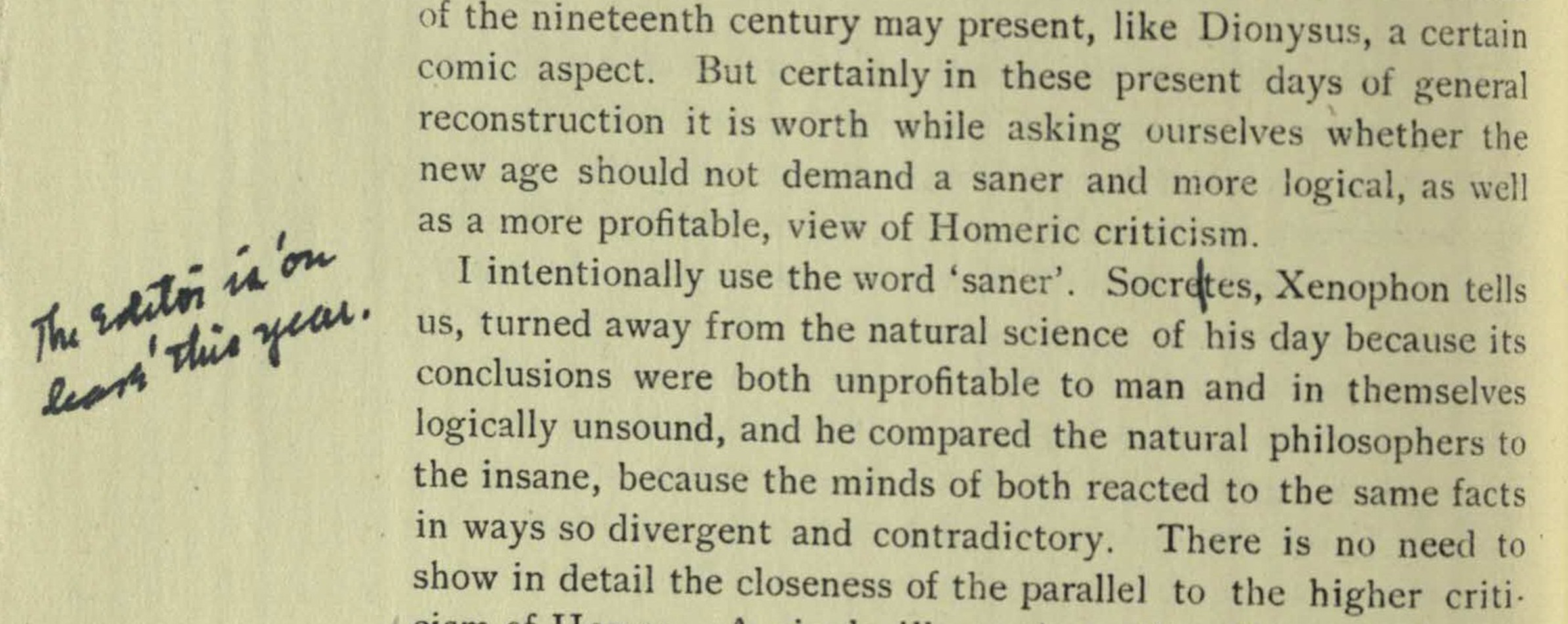
Briony Aitchison
Lead Cataloguer
Lighting the Past (Phase 1)
[…] the Special Collections of the University of St. […]